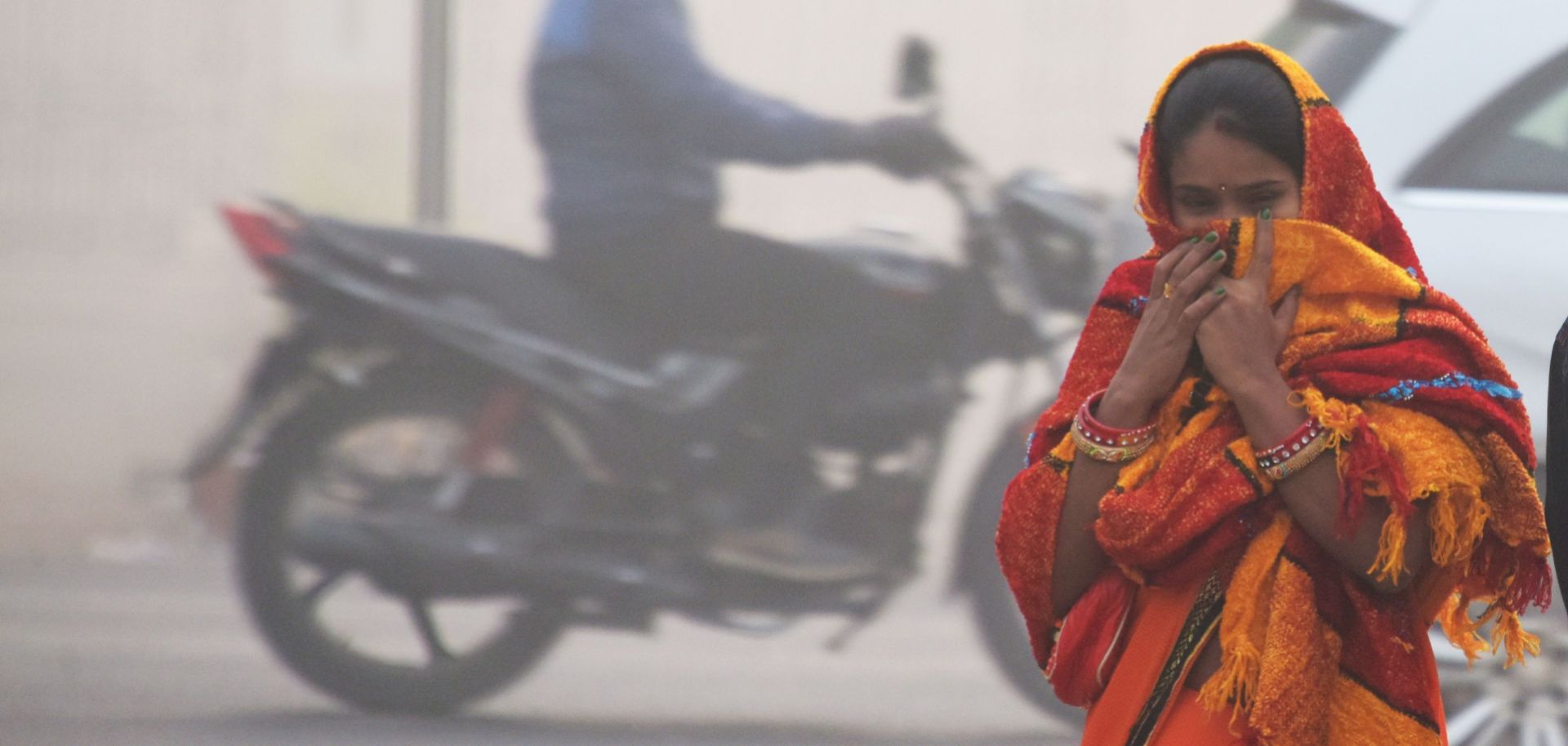ASSESSMENTS
The Price of India's Economic Development
Nov 21, 2017 | 18:45 GMT

An Indian girl walks with her face covered amid heavy smog in New Delhi on Nov. 13. Today four of the top 10 cities on the World Health Organization's most polluted urban areas list are located in India.
(DOMINIQUE FAGET/AFP/Getty Images)
Highlights
- Air quality has been getting worse in the Indian capital of New Delhi for years, a trend that will doubtless continue in the short term.
- The many factors and stakeholders contributing to the smog rising across the country will complicate any effort to abate it.
- Despite its ambitious targets for climate change, India's environmental agency doesn't have enough heft to bring about substantial shifts in policy in the near future.
Subscribe Now
SubscribeAlready have an account?
